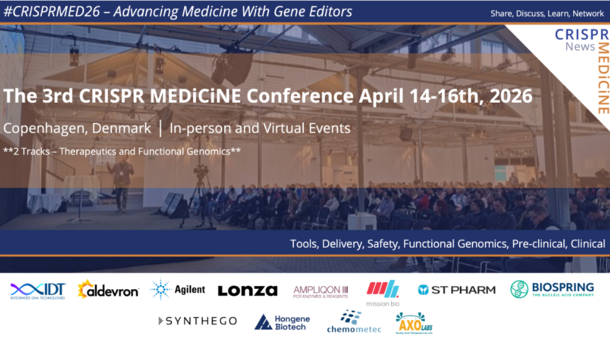Ovarian cancer is a non-specific term that refers to cancer that arises in the female reproductive organ known as the ovaries. Epithelial ovarian cancer (EOC) is a specific form of ovarian cancer that arises from epithelial cells and accounts for over 90% of ovarian cancer. Epithelial cells are a thin layer of cells that cover most internal and external surfaces of the body and organs. EOC often refers to epithelial cancer of the ovaries, fallopian tubes, and peritoneum as these all share common characteristics. Research suggests that many of these cancers begin at the epithelial cells of the fallopian tubes and cancer cells migrate to the ovaries.
Over half of all ovarian cancers involve somatic mutations in the TP53 gene.
Germline mutations in BRCA1 and BRCA2 genes are involved in approximately 20% of ovarian cancers.
Due to commonly late diagnosis, ovarian cancer can be hard to treat. When diagnosed early the 5-year survival rate is high. Treatment included surgeries to remove cancerous tissue, chemotherapy to shrink or kill the cancer and targeted therapies to specifically kill cancer cells to stop or slow the tumour spread growth.
